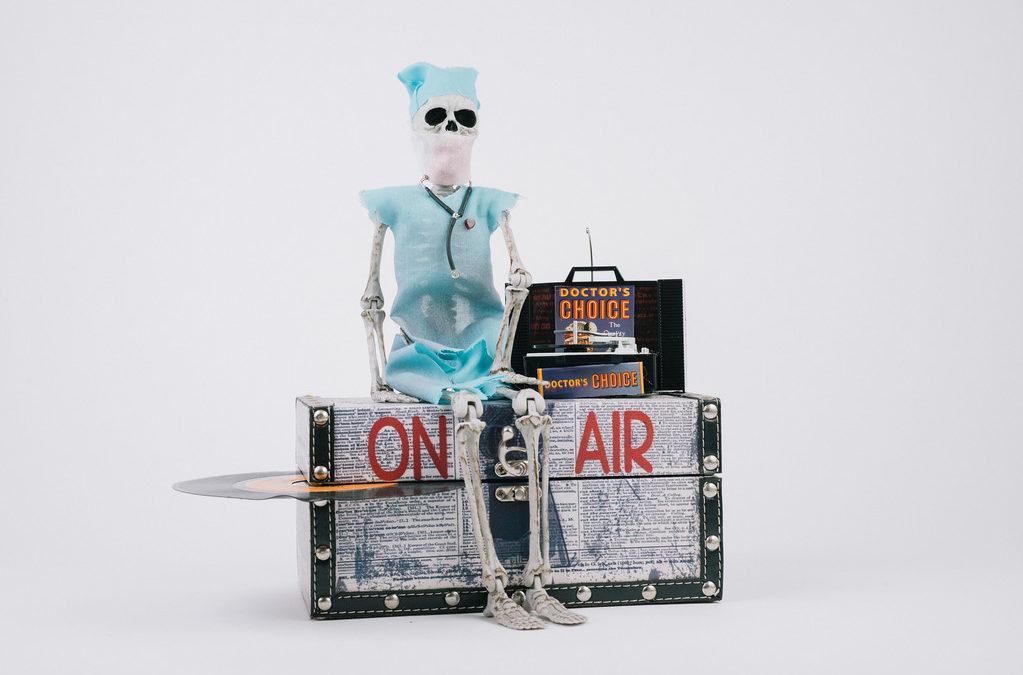“You should be over it by now,” my parents told me one year into a 2 ½ year-long divorce from my husband of twenty years.
“You are wasting your time and money on therapy and books.”
I was told that I was “neurotic”– I was dwelling too much on the pain, ruminating too much, thinking too much.
Really?
Apparently I sucked at playing the Pollyanna role I was expected to play.
I was clearly expected to don my “happy mask,” and conveniently forget the death of my marriage, my family, my dreams. I should just “get over” the searing pain that comes with the end of a 20-year-marriage and the loss of all my hopes for my marriage and my family.
Like many, I was raised in a somewhat cerebral family.
Emotions were useless, frivolous– something to be denied, buried, ignored, and rejected, especially the “unacceptable” ones—you know, pain, sadness, anger, fear, and the like.
In my family, we don’t feel.
We think.
Power, I was told, comes from the brain, not from the heart.
I thus came to view the heart as a Pandora’s Box, a potential cauldron of “unacceptable” emotions which could not be controlled once exposed to the light.
Must. Not. Open.
But…
What do I do with the pain, the sadness, the anger, and the fear that are now surfacing, boiling over, threatening to lift the lid off the Pandora’s Box that is my heart?
(Must deny. Must deny. Must deny…
Make those “bad” feelings go away!
Please.)
But…
They won’t.
(They don’t.)
Pandora’s Box has thus been pried opened.
These “evil” and “dangerous” emotions can no longer be denied.
They must be faced.
Exposed to the light.
Looked in the evil eye.
Felt.
Recognized.
Acknowledged.
Then– and only then– will the healing begin.
Did I mention that I am a physician?
Yes, I am a healer.
“Physician, heal thyself,” they say.
As a doctor, I was, of course, well-taught on how to heal the body.
I was well-trained on healing others.
But where was the training on healing thyself?
Where was the training on healing the heart?
I did not know how to heal the heart.
I did not know how to “heal thyself.”
(I must have missed that lecture.)
Along the way to doctordom, I learned a lot.
And I forgot a lot—
Important stuff—
You know, all the stuff I knew when I was ten…
I was smart when I was ten—
I was creative, playful, funny, expressive.
But, over the years, as with many (most?) adults, I had forgotten how to create, how to express, how to play.
Forty years later, in my 50’s, with Pandora’s Box open and its oh-so-scary contents revealed, I realized that in order to heal, I would need to go back in time in order to go forward in time.
I would need to relearn– and reintegrate– those important and essential essential life skills–
The ones that were so natural when I was ten.
I needed to remember what I had forgotten.
Ironically (or not?), as my life was disassembling, I found myself immersed in the art of Assemblage. (Apparently I had to disassemble in order to reassemble.)
Is there a more apt metaphor for the paradox of life?
This is what I discovered:
Creativity is play;
Play is healing.
Creativity is healing.
Yes, creating art allowed me to open my padlocked Pandora’s Box of emotion– and not be destroyed by its contents.
Exploring my emotions and expressing them through art has been healing.
It is fun.
It is play.
(Who knew??)
This lesson was not part of my medical training on healing disease– nor on healing dis-ease.
I was not taught the healing power of play
(nor of creativity)–
but I have lived it.
I have learned it.
Perhaps more accurately,
I have relearned it.
(Hallelujah—I am ten– and smart)– again!
My whacky assemblage art is offbeat, humorous, and heartfelt.
It is dark and it is light.
It is happy and it is sad.
It is playful and it is serious.
It is painful and it is hopeful.
It is full of paradox…
Like life itself.
Most importantly,
it is healing.
I am healing.
I am, of course, a Healer.
I am (once again) an Artist.
I am, yes, a Healing Artist.
(Play it again, Pandora!)
Assemblage is like 3-D collage—art which is created by gathering and collecting seemingly “unrelated” items and assembling them in a way that creates meaning, tells a story, sets a scene.

